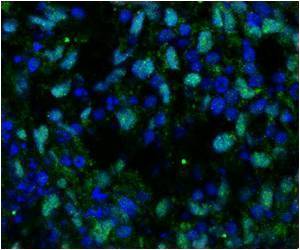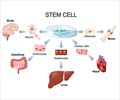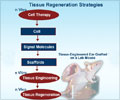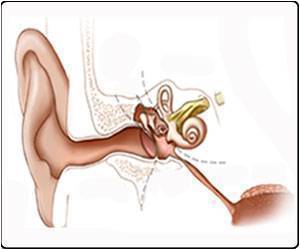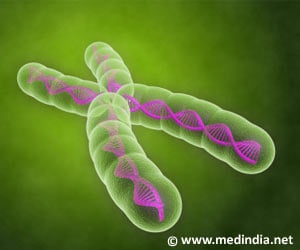For the first time, researchers have shown in an animal more closely related to humans that it is possible to make a new bone from stem-cell-like induced pluripotent stem cells

Autologous refers to the fact that the iPSCs capable of producing any tissue type—in this case bone—were derived from the very individual that later received them. That means that use of these cells in tissue repair would not require long-term or possibly toxic immune suppression drugs to prevent rejection.
The researchers first used a standard recipe to reprogram skin cells taken from rhesus macaques. They then coaxed those cells to form first pluripotent stem cells and then cells that have the potential to act more specifically as bone progenitors. Those progenitor cells were then seeded onto ceramic scaffolds that are already in use by reconstructive surgeons attempting to fill in or rebuild bone. And, it worked; the monkeys grew new bone.
Importantly, the researchers report that no teratoma structures developed in monkeys that had received the bone "stem cells." In other experiments, undifferentiated iPSCs did form teratomas in a dose-dependent manner.
The researchers say that therapies based on this approach could be particularly beneficial for people with large congenital bone defects or other traumatic injuries. Although bone replacement is an unlikely "first in human" use for stem cell therapies given that the condition it treats is not life threatening, the findings in a primate are an essential step on the path toward regenerative clinical medicine.
"A large animal preclinical model for the development of pluripotent or other high-risk/high-reward generative cell therapies is absolutely required to address issues of tissue integration or homing, risk of tumor formation, and immunogenicity," Dunbar said. "The testing of human-derived cells in vitro or in profoundly immunodeficient mice simply cannot model these crucial preclinical safety and efficiency issues."
Advertisement
Advertisement

